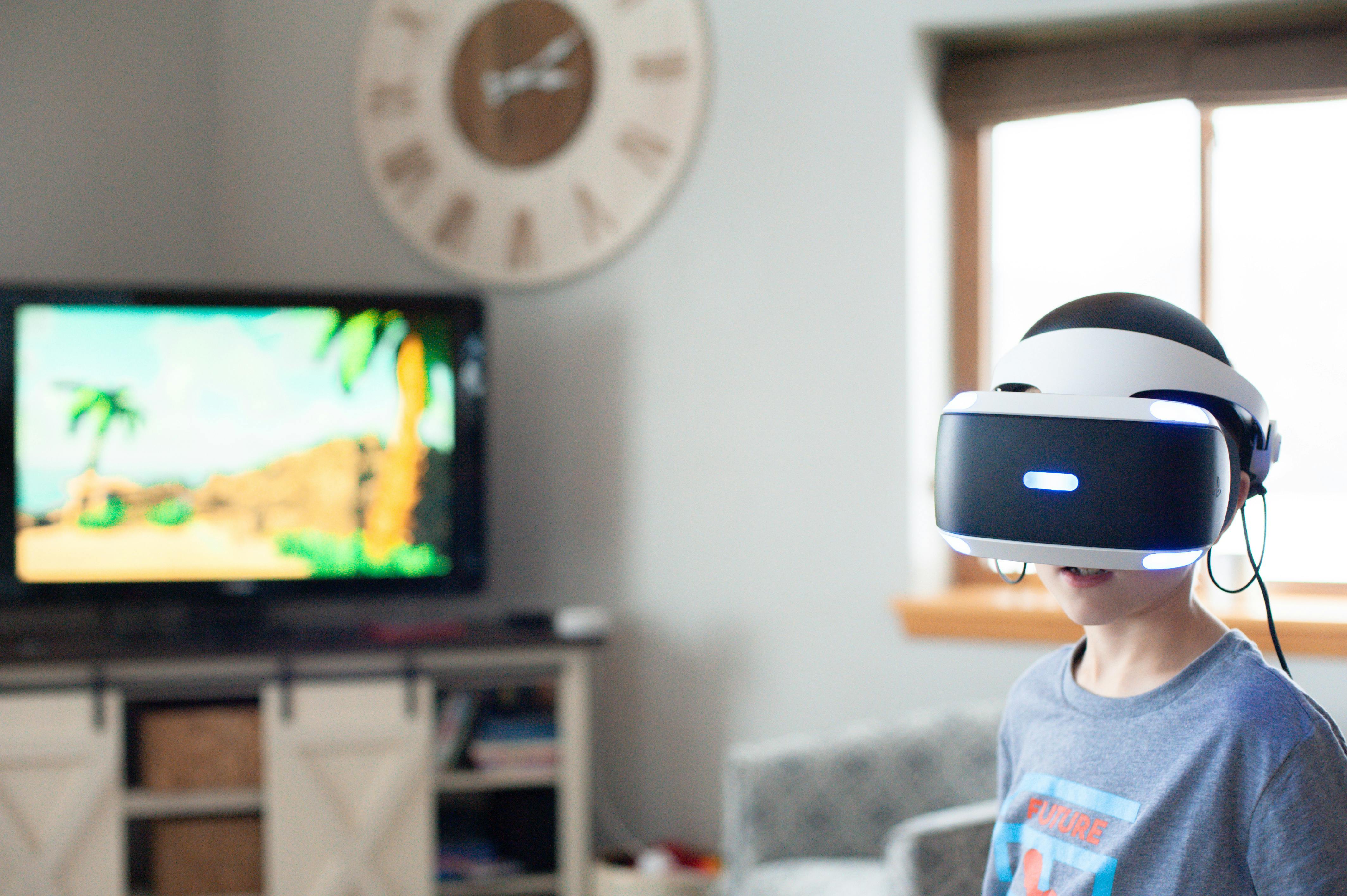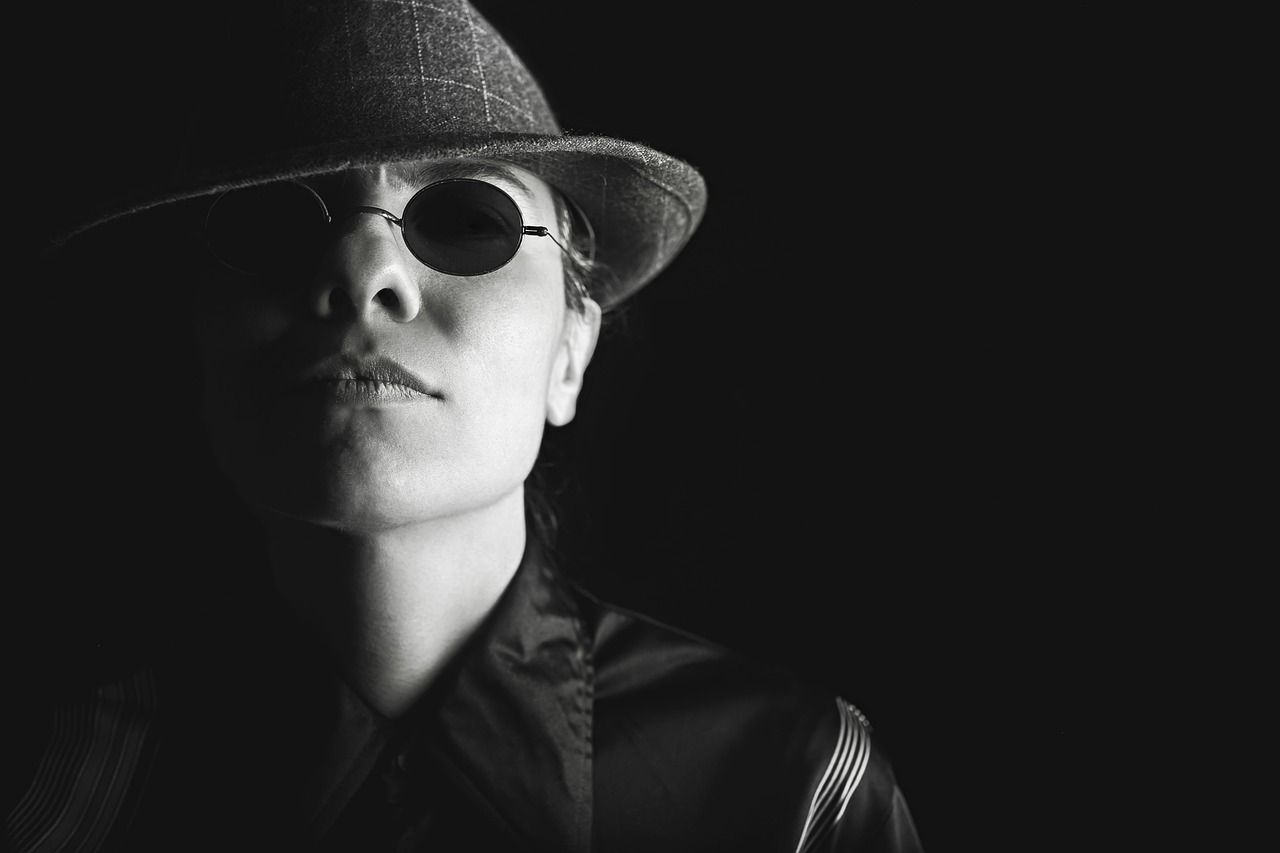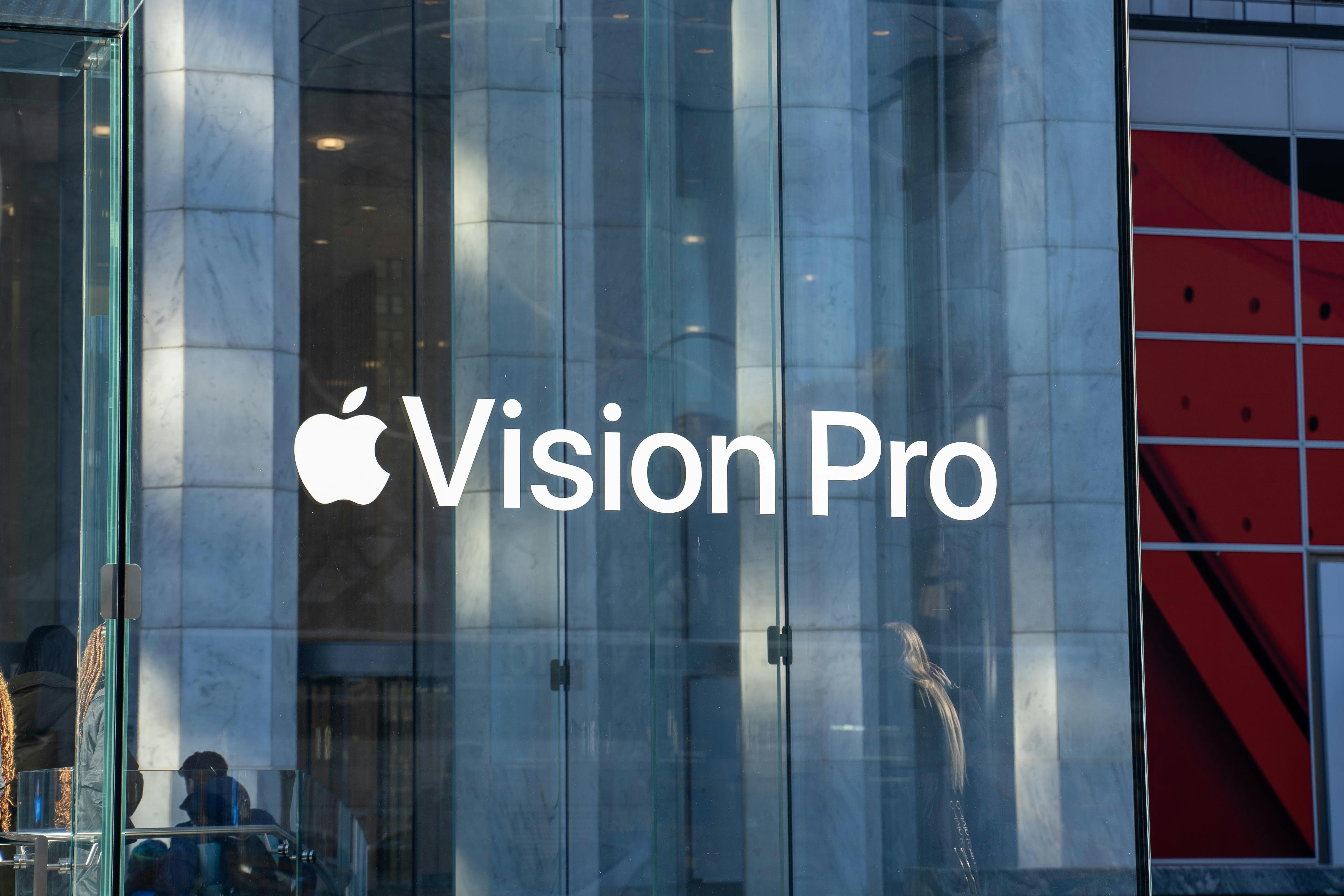Virtual reality technology is breaking new ground in the United Kingdom by aiding deaf children in enhancing their speech comprehension and auditory skills. The innovative application of VR in this field centers on a unique initiative called BEARS (Both Ears), specifically designed to assist children equipped with bilateral cochlear implants.
The Challenges of Cochlear Implants
Cochlear implants are advanced medical devices that provide the ability to hear for children who are profoundly deaf or severely hard of hearing. Unlike standard hearing aids, which amplify sounds, cochlear implants perform the complex task of converting sound vibrations into electrical signals that the brain can interpret. However, the transition to using cochlear implants is fraught with challenges, primarily due to the difficulty recipients have in interpreting these signals, especially in noisy environments.
The Role of VR Games in Auditory Training
VR games are being used as a novel approach to help these children localize sounds and improve speech understanding. One notable VR game developed for this purpose simulates a busy food stall where players must fulfill orders from animated, talking customers. This game environment becomes progressively more complex with louder background noises and quicker orders coming from various directions. The design of this game aims to train children to distinguish and localize sounds amidst distractions, enhancing their ability to understand speech in challenging auditory environments.
The engagement with VR technology not only captivates the children’s interest but also provides a controlled, immersive space where they can practice these skills repeatedly. This method is quite a shift from traditional auditory training techniques, and promises a more dynamic and effective approach to auditory rehabilitation for deaf children in the UK.
The VR Bears Project
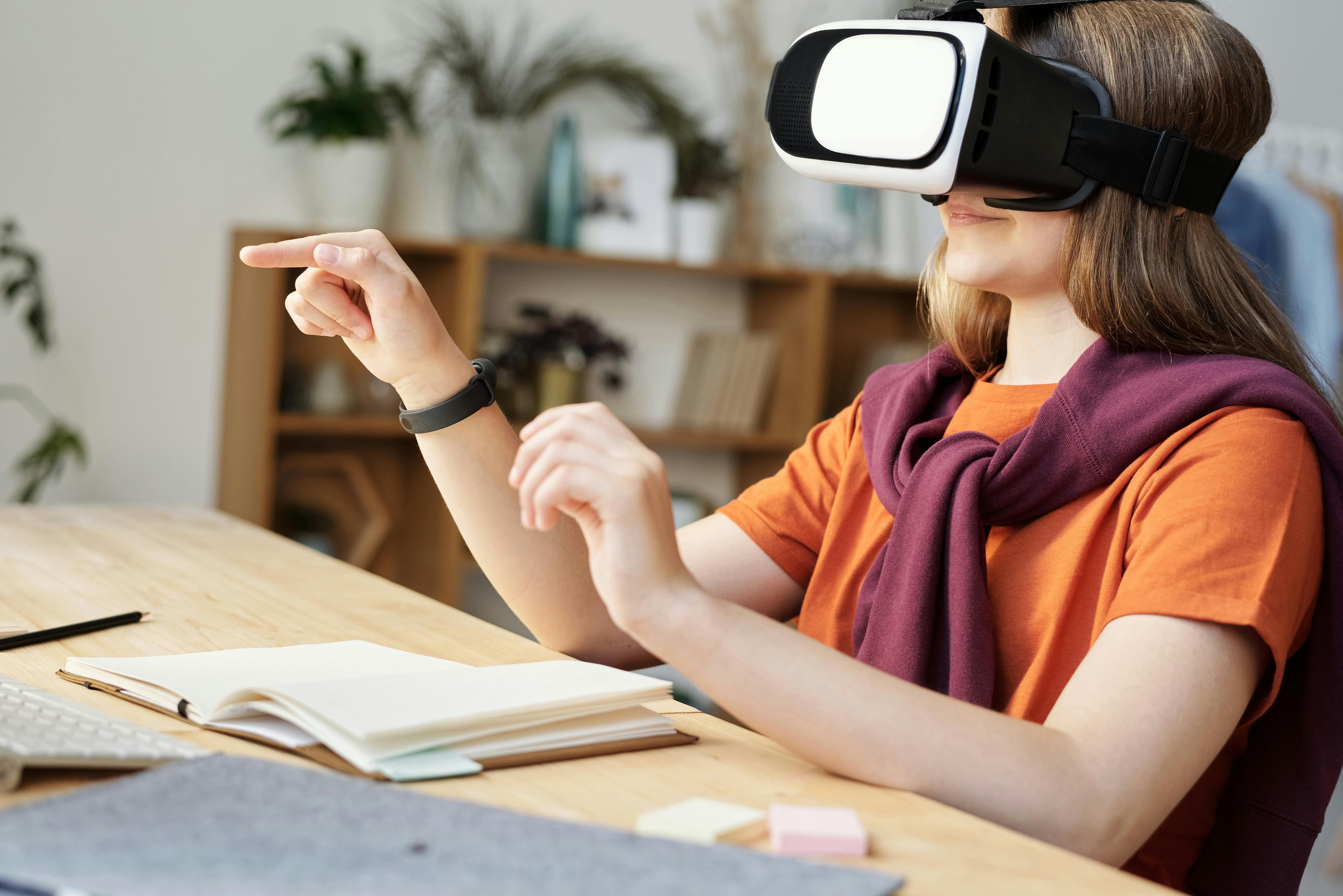
Photo by Julia M Cameron / Pexels
Purpose and Design of the Bears Project
The Bears project, formally known as "BEARS" (Both Ears), is a revolutionary endeavor designed to empower deaf children in the UK who have undergone bilateral cochlear implantation—a procedure essential for those born with profound hearing loss. Implemented using an innovative mixture of virtual reality (VR) technology and engaging computer games, the project aims to enhance auditory skills, specifically sound localization and speech understanding. The purpose of the Bears project extends beyond conventional therapy, merging medical intervention with interactive gaming, making auditory training not only effective but also enjoyable for the children involved.
Role of Computer Games in Auditory Training
Computer games in the Bears project play a crucial role in auditory training by combining entertainment with therapeutic exercises that challenge the children’s ability to pinpoint and process sounds. In settings crafted within these games, such as a virtual food stall managed by the player, participants face progressively difficult scenarios where they must fulfill orders shouted from various directions amidst competing background noises. This setup replicates real-life situations where distinguishing and comprehending sounds can be a challenge. Notably, the design of these games also incorporates feedback and suggestions from the children themselves, ensuring the games remain user-centric and relevant to their experiences and needs.
Scientific Foundations and Innovations
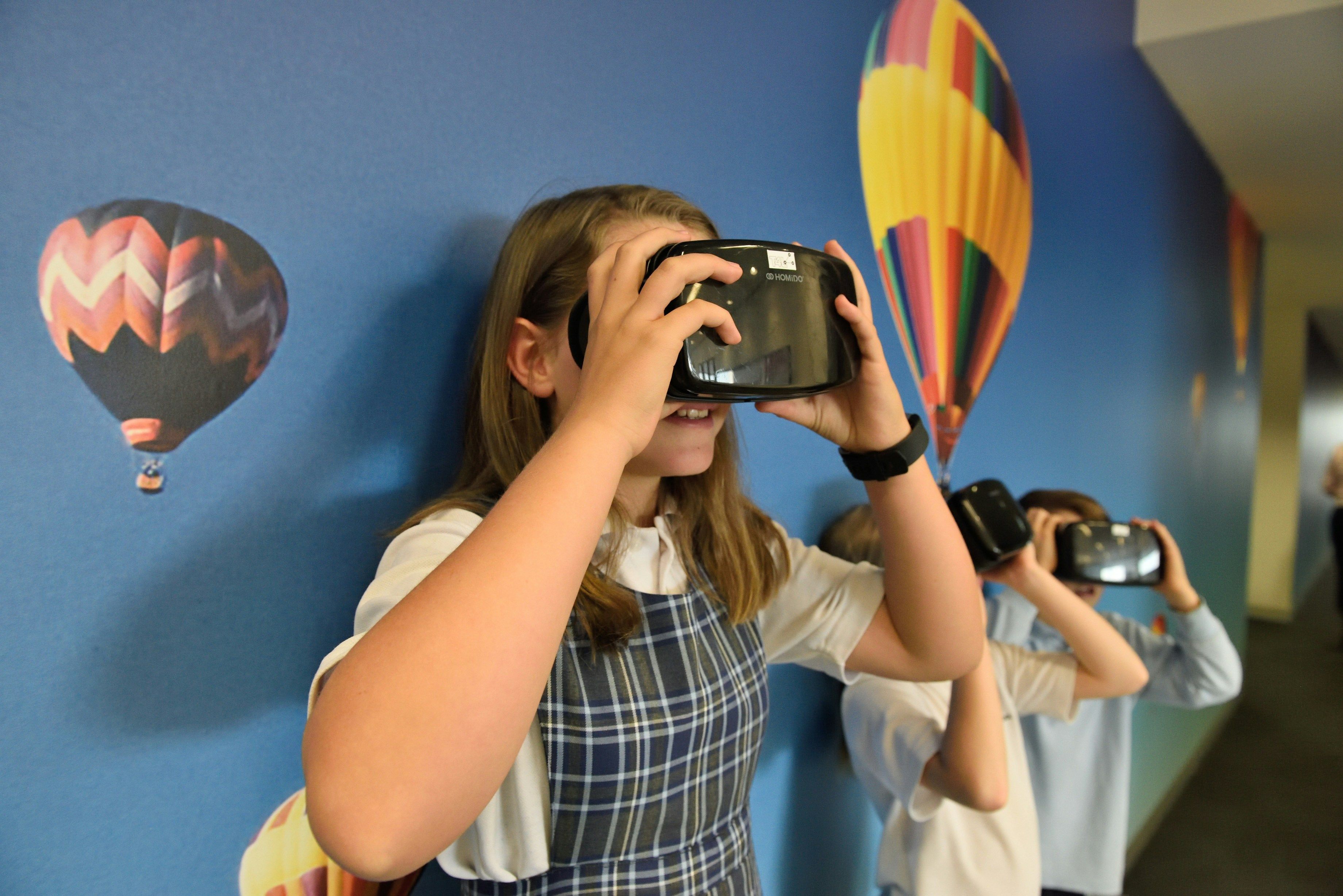
Photo by stem.T4L on Unsplash
Audio Engineering Contributions from Imperial College London
Leading the technical innovation behind the Bears project is a dedicated team from Imperial College London, guided by leading audio engineer Dr. Lorenzo Picinali. The team’s work focuses on creating realistic sound environments within the VR games that meticulously simulate the auditory challenges faced by deaf children. Through detailed audio engineering, they’ve also tailored interventions that consider individual factors like head size or ear shape, which can affect sound perception. Their ongoing innovations include games that require distinguishing sounds by pitch and games that emphasize acoustic cues to locate increasingly faint targets.
Challenges and Solutions in Sound Localization for Deaf Children
Sound localization presents remarkable challenges for deaf children, particularly those accustomed to the profound, uniform delivery of sounds through cochlear implants. These devices convert vibrations in the air into digital signals, unlike traditional hearing aids, which merely amplify sounds. This difference can make acclimatization to spatial hearing cues very challenging. In response, the Bears project incorporates games that specifically train children to identify the direction from which sounds originate—an essential skill in understanding speech in dynamic environments.
Insights into Game Development and Child Involvement
A pivotal aspect of the Bears project lies in its collaborative approach to game development. Children equipped with cochlear implants are actively involved in shaping the games, providing feedback that directly influences game mechanics and design choices. This collaboration ensures the games are not only therapeutically valuable but also engaging and directly tailored to the children’s perceptual experiences. By involving the children as co-creators, the project empowers them and also enhances the educational and therapeutic outcomes of the games.
Impact of BEARS Project

Photo by Ferhat E. Arslan / Pexels
Immediate Benefits to Cochlear Implant Users
The innovative utilization of VR games, specifically the BEARS program, has demonstrated near-immediate benefits for children with cochlear implants. These children, profoundly deaf from birth, have turned to these technological innovations to significantly enhance their auditory capabilities. For instance, BEARS VR games are meticulously designed to improve sound localization. As children engage in the virtual environment, they learn to discern the direction from which sounds are emanating, an essential skill that cochlear implants alone are unable to provide effectively. Improved localization directly contributes to better speech understanding, especially in noisy environments where the ability to focus on relevant sounds is crucial. This training is vital as it aids in making the sounds transmitted by cochlear implants clearer and more meaningful, thereby enhancing the overall effectiveness of these devices in real-world scenarios.
Impacts on the Deaf Children Community
The broader implications of VR games on the deaf children community are profound. Beyond individual improvements in auditory and speech capabilities, these technologies foster greater inclusion and participation in social settings. Deaf children, often isolated due to communication barriers, can experience improved interaction abilities, leading to better social integration and mental health. The use of VR games also acts as a stepping stone toward educational achievements by enhancing listening and comprehension skills, crucial for classroom settings. Furthermore, integration of children's input in the development of these games enhances the effectiveness of the games as well as empowering the children by involving them directly in solutions that address their challenges. This collaborative approach fosters a sense of community and support among the children, their families, and the healthcare professionals involved.
Expanding the Reach and Effectiveness
Looking forward, the prospects for expanding the reach and effectiveness of VR games in the management of deafness are highly promising. Continued technological advancements are expected to provide even more refined auditory simulations, thereby offering more precise training and potentially quicker adaptation to cochlear implants. The scope of these VR applications could also expand to include a wider range of auditory challenges and age groups, making it a versatile tool in auditory rehabilitation. Furthermore, ongoing and future clinical trials, which already show promising results, are crucial for gathering empirical data to refine game designs and therapeutic approaches. Expansion of this technology can also lead to reduced costs, making it more accessible to a broader segment of the population. Ultimately, the goal would be to integrate these advanced auditory training tools into standard rehabilitation procedures for deaf children, potentially reshaping auditory therapy practices on a global scale.

